Description
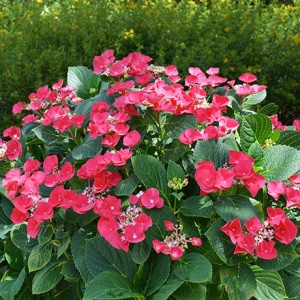 Cherry Explosion Hydrangea
Cherry Explosion Hydrangea
Hydrangea Cherry Explosion
(Hydrangea macrophylla ‘McKay’)
Cherry Explosion Hydrangea! A rare selection of a very hardy macrophylla type of Hydrangea with cherry red florets arranged in a circle with a profusion of tiny star like light pink flowers in the center of this gorgeous bloom. A beautiful, rounded selection with flowers all around top to bottom. This new Hydrangea is working well in a wide range of conditions. The fall color of the foliage is burgundy when the cool weather comes on long and slow. Cherry Explosion likes protection from the hot afternoon sun. When grown in acid soils, the flower color is lavender. When this plant dies back over winter, it rebounds vigorously with each stem flowering beautifully on new wood. Mature growth is 3-4′ high and wide, and a bit larger in warmer climates where it does not die back in the winter. Best to be planted in zones 4-9.
| Bloom Time: | May – October |
| Color: | Green, Pink, Purple, Red |
| Plant Size: | 3′ – 4′ |
| Flower Color: | Red or Purple |
| Sunlight: | Full Sun to Partial Shade |
| Soil Conditions: | Normal, Sandy, Clay, Acidic, Wet |
| Low Maintenance: | Yes |
| Deer Resistant: | No |
| Attracts Butterflies: | Yes |
| Attracts Bees: | Yes |
| Attracts Birds: | No |
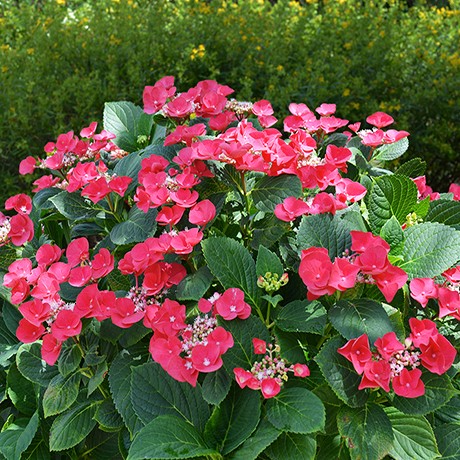
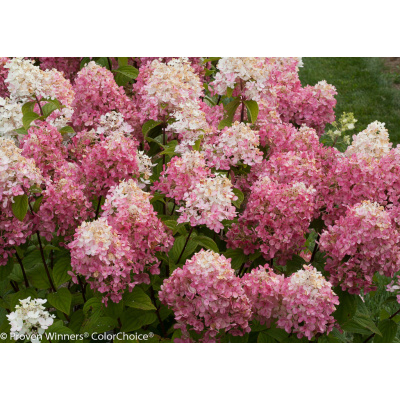
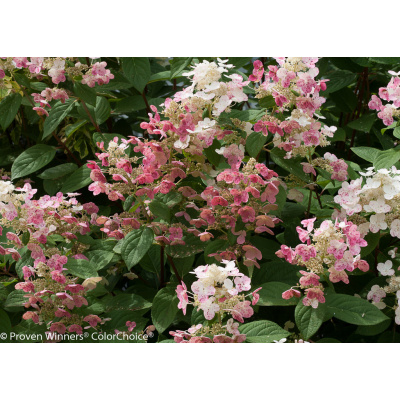
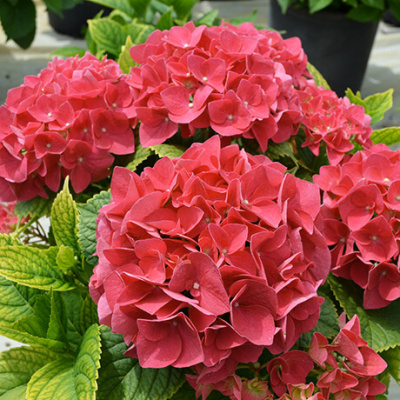
Reviews
There are no reviews yet.